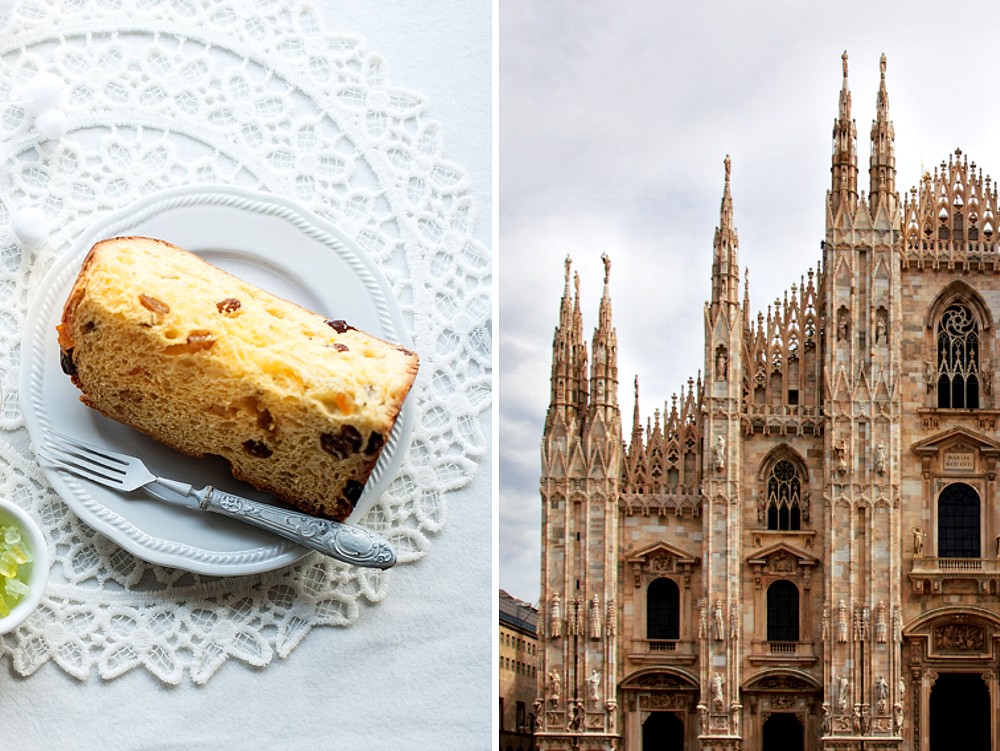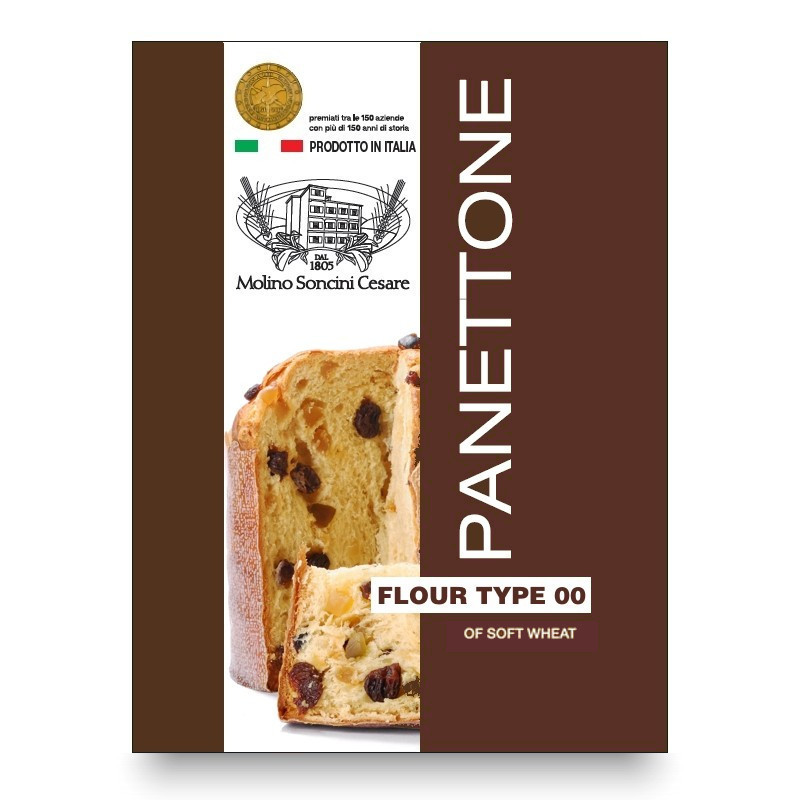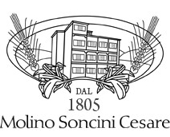Thursday 24 December 2015, Milan
Dear L.,
when I received your first letter nearly a year ago now, I did not think that there would be others to follow. We had not known each other very long, and I thought that you were simply escaping, even if I hoped that you were not escaping from me.
At first, it was pride that stopped me from replying to you, but also the fact that I did not know how to reach you, or what I could write that would have been equal to what you had decided to tell me about, you, of all people.
In one of your first letters, you wrote “seeing the world in this way is not to be underestimated: seeing the world through the eyes of someone else”. It's a beautiful way to know the world, so I thought about it, and I decided to get a flight and tell you all about Milan before you had a chance to know it yourself, so that I could present a city to you in the same way that you have done to me all these months.
I arrived here about a week ago and I immediately found the taste of Milan in a traditional cake of witch I'm sure you're gonna fall in love, because this recipe has been handed down from father to son and it has legendary roots. Anyway, with some more difficulty I found a thousand different places where we could meet: on the streets of Brera as they prepare for Christmas, between the gypsy stalls where you can have your fortune told, or at Porte Ticinese at night. In front of the Column of San Lorenzo, with the imposing air it gives of a classic film set that someone forgot to remove. Or on the terraces of the Duomo, in the Galleria, or maybe under the Christmas lights on one of the small bridges that cross the Navigli.
I wanted the perfect place, but everywhere in Milan is perfect, so I asked myself where you could find concentrated in one place all the love of a city that does not want to appear romantic but which oozes romanticism from every corner, and I understood that we should meet at the Central Station, in the midst of all the faces and the people, their hugs and greetings, their “goodbyes” and “welcome home”. And the “I missed you”.
Tomorrow is Christmas, but I would like to apologise now in fact: I have not bought you a present, just this letter that I would hope you will smile at as you read.
Yours,
M.
Journeys into flour 12 - Lombardy

Christmas Panettone
First off, allow the milk to reach room temperature, and use it to melt 10 grams of the beer yeast. Now we can create the “chariot”, i.e. the base of the cake. In a pan, add 100 grams of flour and the barley to the milk and yeast, and work it by hand, until it becomes a smooth and uniform ball of dough, similar to bread dough. Leave it to rest in a switched-off oven (with the light on) covered with clingfilm (alternatively, you can leave it in a dry unventilated place at a temperature of around 30°C). Leave it for about an hour, or until it has doubled in size.
Now place the mix in a dough maker, and add 180 grams of flour and the remaining beer yeast, along with two eggs (at room temperature) and 60 grams of sugar. Work it with the lever until the dough becomes dry and not very sticky. Now add 60 grams of softened butter, and work it again until it is all well mixed together. Remove, and form into a ball. Leave to rest in a pot in a switched-off oven (with the light on) covered with clingfilm (alternatively, you can leave it in a dry unventilated place at around 30°C) for around two hours, or until it has doubled once more in size.
In the meantime, soak the raisins in warm water, grate the washed lemon peel and orange, and cut the lime and candied orange into little cubes. When the dough is ready, put it back in the dough machine, and add the remaining flour, two whole eggs and three egg yolks, the remaining sugar, the vanilla seeds and salt, and start to work it. Now add the grated peels and the rest of the softened butter, a little at a time. Now you can add the cubed candied fruit and the well-dried raisins, and mix it all together until it becomes nice and smooth. Leave it to rise in a pot as before for two hours, or until it doubles in size.
When it has risen, turn it over onto your work surface and stretch it out slightly, working it with your hands to make it into a spherical shape. Place a large ramekin in a Panettone mould, and butter it slightly. Place the dough into the ramekin, and leave it to rise as before for another two hours (covered with clingfilm). When the dough reaches the edge of the ramekin, remove the clingfilm, and leave it to breathe in a ventilated area for 10 minutes. A soft crust will form on the surface, so now you can cut the classic Panettone cross into it, placing a small piece of butter in the centre.
Bake in a pre-heated oven at 200°C for 10-15 minutes, remembering to place a small saucer of water on the base of the oven to maintain the right level of humidity. Now reduce the temperature to 190°C, and cook for another 15 minutes. If the surface starts to brown quickly, reduce the temperature once more to 170-180°C and bake for another 50-55 minutes. Once cooked, remove it from the ramekin, and leave it to cool, preferably face-down suspended over a large pot from two knitting needles inserted into its base. Serve the next day, at room temperature, or warm it slightly on a radiator.



